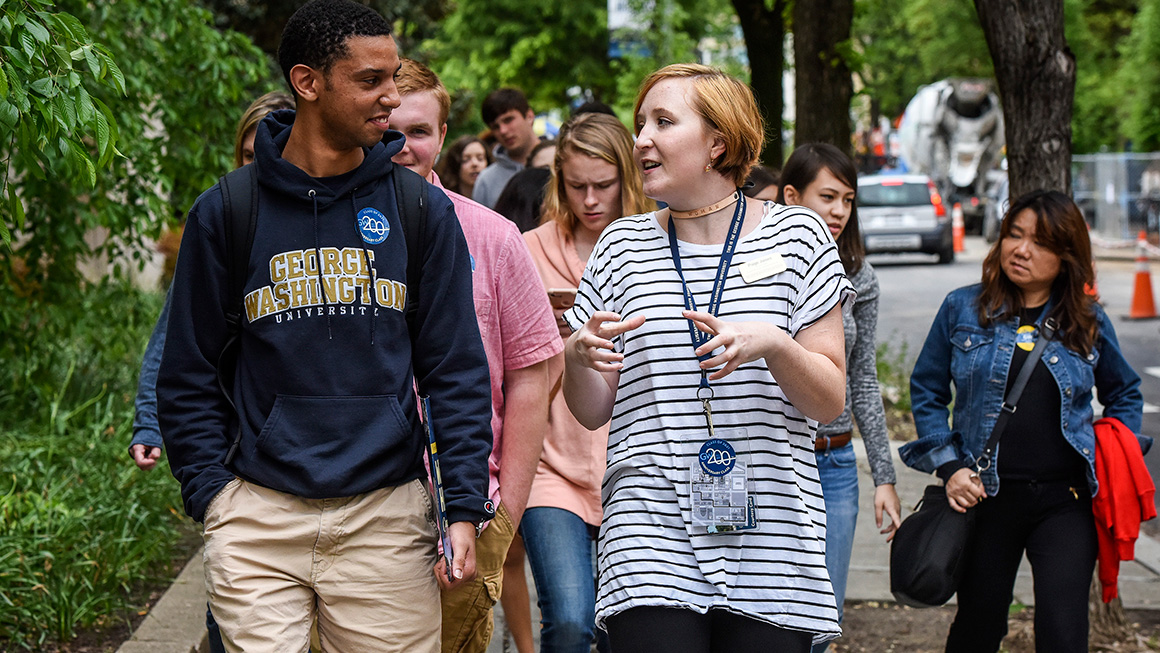
Over the last five years, college admissions at four-year institutions have experienced a series of dramatic changes. The COVID-19 pandemic led to changing application and enrollment patterns. The Supreme Court’s decision to end the use of race as a factor in admissions decisions meant many colleges had to rethink existing processes. Students applying during the 2023-24 cycle experienced significant delays when accessing the new Free Application for Federal Student Aid (FAFSA), complicating decisions around applications, admissions, and enrollment. And several states have introduced or passed policies designed to ban programs related to diversity, equity, and inclusion, which could affect where students decide to apply and enroll.
Tracking these changes and their effects on college admissions is necessary to understand how access to college education may change for different groups of students. However, the most recent publicly available data on college applicants, admits, and enrollees is limited to the 2023-24 academic year and only includes demographic breakdowns by gender.
The Urban Institute, in partnership with the Association of Undergraduate Education at Research Universities and the University of Southern California’s Center for Enrollment Research, Policy, and Practice, sought to fill this data gap by identifying institutions to contribute data on potential shifts in the demographic profile of students who applied to, were admitted to, and enrolled in four-year colleges and universities between 2018 and 2024.
Early analysis from 18 institutions suggests that Black students’ share of the applicant pool increased more between 2023 and 2024 than in any of the prior five years, but their share of the admitted student pool held constant or even decreased. Furthermore, an increasing number of applicants have chosen not to disclose their race or ethnicity. Still, more data are needed to examine the full extent of this changing landscape in college admissions.
How have applicant, admit, and enrollee profiles changed since 2018?
Across 774,000 applications to 18 research universities for first-year enrollment in fall 2024, we find that 420,000 students were admitted and 96,000 enrolled. Between 2018 and 2024, these institutions received 4.4 million applications, admitted 2.4 million students, and enrolled 627,000 students. These universities include public and private institutions and a range of selectivity levels.
Our analysis reveals that trends vary substantially by race and ethnicity. Between 2023 and 2024, the share of Asian applicants decreased slightly after increasing in the prior years, but the share of admitted students who were Asian increased slightly, continuing a trend since 2021. The share of enrolled students who were Asian stayed constant at just over 10 percent.
Trends in the Diversity of Applicant, Admit, and Enrollee Profiles Varied Substantially from 2018 to 2024
Source: Urban Institute analysis of data collected from 18 research universities.
Notes: Calculations are weighted by the number of students at each institution. Trends are similar when weighted at the institution level.
The share of Black applicants increased slightly in 2024, from 7.8 percent to 8.2 percent, which is the largest single-year change in our dataset for this group. The share of Black admitted students held constant at 6 percent between 2021 and 2024 after increasing during the three years prior. The share of enrolled students increased slightly between 2022 and 2024, from 5.2 percent to 5.8 percent.
White students’ shares of the applicant, admit, and enrollee groups have all consistently decreased since 2018, with the share of the applicant pool decreasing from 48 percent to 40 percent over the six-year period. White students are also the only group that consistently make up a larger share of admitted students than applicants. Their share of admitted students was between 6 and 9 percentage points larger than their share of the applicant pool in each year.
Notably, institutions saw a sharp increase in the number of students choosing not to disclose their race or ethnicity in 2024. The share of applicants in this group rose from 3.2 percent to 5.1 percent.
These trends sometimes differ based on institutional characteristics. While our sample size does not allow us to disaggregate data by every characteristic, preliminary findings suggest these trends may be more pronounced at selective institutions.
An examination of the seven institutions in our sample with an acceptance rate below 50 percent shows that the divergence between the shares of Black applicants and admits is more prominent between 2023 and 2024 despite holding steady between 2021 and 2023. Specifically, the share of Black applicants increased from 8.3 percent to 8.7 percent while the share of Black admitted students decreased from 6.6 percent to 5.9 percent.
More data are needed to fully understand college enrollment trends
Reports have shown changes in college enrollment by race and ethnicity during the 2024 fall enrollment term. Although these data on college enrollment are useful, they only reveal what’s happening in the last step of the college admissions process. They provide little insight into who is applying and getting admitted to college, which can reveal different trends than the enrollment group.
Evidence from College Board research on approximately 60 institutions suggests that although our sample is limited and we do not provide any causal analysis, our findings might be reflective of broader trends in application and admission patterns. These studies highlight the need for data at each stage of the admissions process. With more complete data, we can fully understand how different groups of students are being served by the higher education system.
Let’s build a future where everyone, everywhere has the opportunity and power to thrive
Urban is more determined than ever to partner with changemakers to unlock opportunities that give people across the country a fair shot at reaching their fullest potential. Invest in Urban to power this type of work.